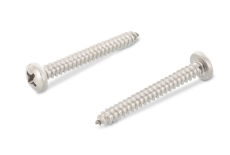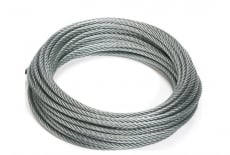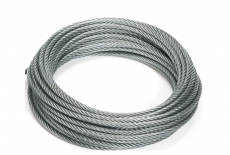Recently, stainless steel product, in particular stainless steel screw, have been in increasing demand on the hardware market. This is explained by a number of significant advantages over fastening from structural steel:
|
Brands of stainless steel
The brand of steel is one of the most important factors that should be taken into account when choosing a reliable fastener, because each of them has its own composition, which affects the properties of the hardware.
Until recently, all stainless steel products were divided into three groups: martensitic (C1), ferritic (F1), austenitic (A1, A2, A3, A4, A5).
The fourth (two-phase) group of stainless steel arose as a result of the need to increase the tensile strength of the product. Duplex steel got its name because its structure consists of two phases: austenite and ferrite, their proportions in the composition are approximately equal.
| St DIN AlSl ГОСТ Cr C Mn Ni Mo |
|
C1 1.4021 420 20x13 12-14 0.2 1.5 F1 1.4016 430 12X17 16-18 0.08 1 A1 1.4305 303 12X18H10E 16-19 0.12 6.5 5-10 0.7 A2 1.4301 304 12X18H10 18-19 0.07 1.4948 304H 08X18H10 18-20 0.08 2 8-10.5 1.4306 304L 03X18H11 18-20 0.03 2 10-12 A3 1.4541 321 08X18H10T 17-19 0.08 2 9-12 1.4401 316 03X17H14V2 16-18 0.08 2 10-14 2-2.5 A4 1.4435 316S 03X17H14M3 16-18 0.08 2 12-14 2.5-3 1.4404 316L 03X17H14M3 17-19 0.03 2 10-14 2-3 A5 1.4571 316Ti 08X17H13M2T 16-18 0.08 2 11-12.5 2.3 |
If we talk about Duplex steel in its composition, it is very similar to austenitic steel, the main difference is that it has a higher content of chromium - 20-28%, an increased amount of molybdenum - up to 5%, a fairly low content of nickel - up to 9% and nitrogen - 0.05-0.5%.
The use of this steel is quite wide: in the manufacture of water desalination plants, in the manufacture of biological plants, in hydraulics, in shipbuilding, as a replacement for austenitic steel, in heat exchangers, marine installations, platforms and pipelines, automobile construction where high-strength bolts are often used.
Austenitic ones are the most widely used. The high content of chromium and nickel ensures high resistance to corrosion, and due to this, hardware is quite well amenable to pressure treatment and heat treatment.
- Stainless steel A1 - this alloy is characterized by a high content of sulfur, which makes it more vulnerable to corrosion. However, products made of this steel are characterized by high strength and wear resistance.
- Steel grade A2 or "food grade stainless steel" is one of the most widely used. The material is non-toxic and resistant to corrosion, which allows it to be used in the food and medical industries. The alloy itself does not have magnetic properties, but it can manifest them during cold machining of steel.
- Stainless steel A3 is similar in properties to alloy A2, but has higher indicators of corrosion ability and springiness due to its additional alloying with titanium, niobium or tantalum.
- A4 or "acid-resistant steel" is the second most popular grade, it also has similar properties to A2, but is more resistant to corrosion in aggressive environments, as well as in acids due to the addition of molybdenum.
- Steel A5 - combines the properties of A3 and A4, the difference is only in the percentage of alloying additives. This property gives it increased resistance to high temperatures.
Strength classes of stainless steel
There are only three grades for stainless steel products and strength: -50/-70/-80. These numbers are 10 times the reduced value of the strength limit. Take for example stainless steel bolt: DIN 912 A2-70 Bolt with a cylindrical head and an internal hexagon.From the name, we can see that this is a stainless fastening product, which is made of austenitic steel of the A2 grade, strength class 70 and a strength limit of 700 N/mm2.
You can buy a high-quality stainless steel fastener in our online store.


 Bolts (10)
Bolts (10) Nuts (4)
Nuts (4) Washers, rings (1)
Washers, rings (1) Screws (1)
Screws (1) Fastening for solar panels (1)
Fastening for solar panels (1) Rivets (1)
Rivets (1) Threaded Pins (1)
Threaded Pins (1) Self-tapping screws (1)
Self-tapping screws (1) Pins (1)
Pins (1) Rigging (2)
Rigging (2)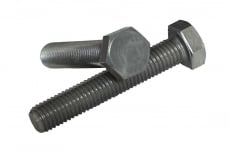

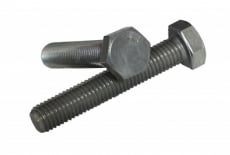


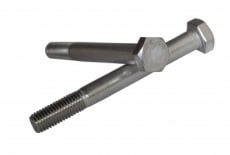
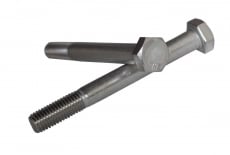
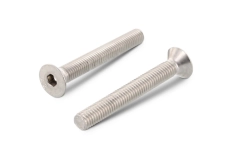
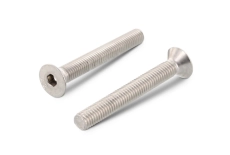

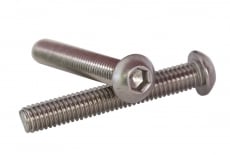
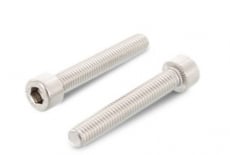
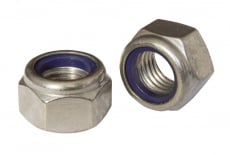
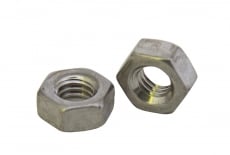
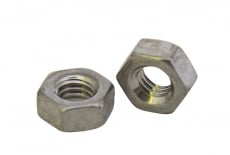
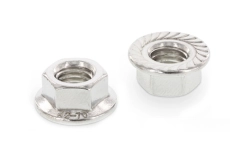
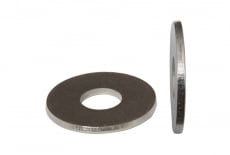
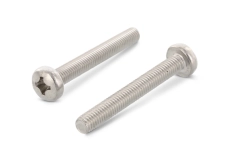
-art-9082-epdm-(santekhshpylka)-7694.jpeg)
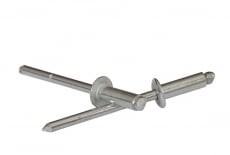

-6388.jpg)
